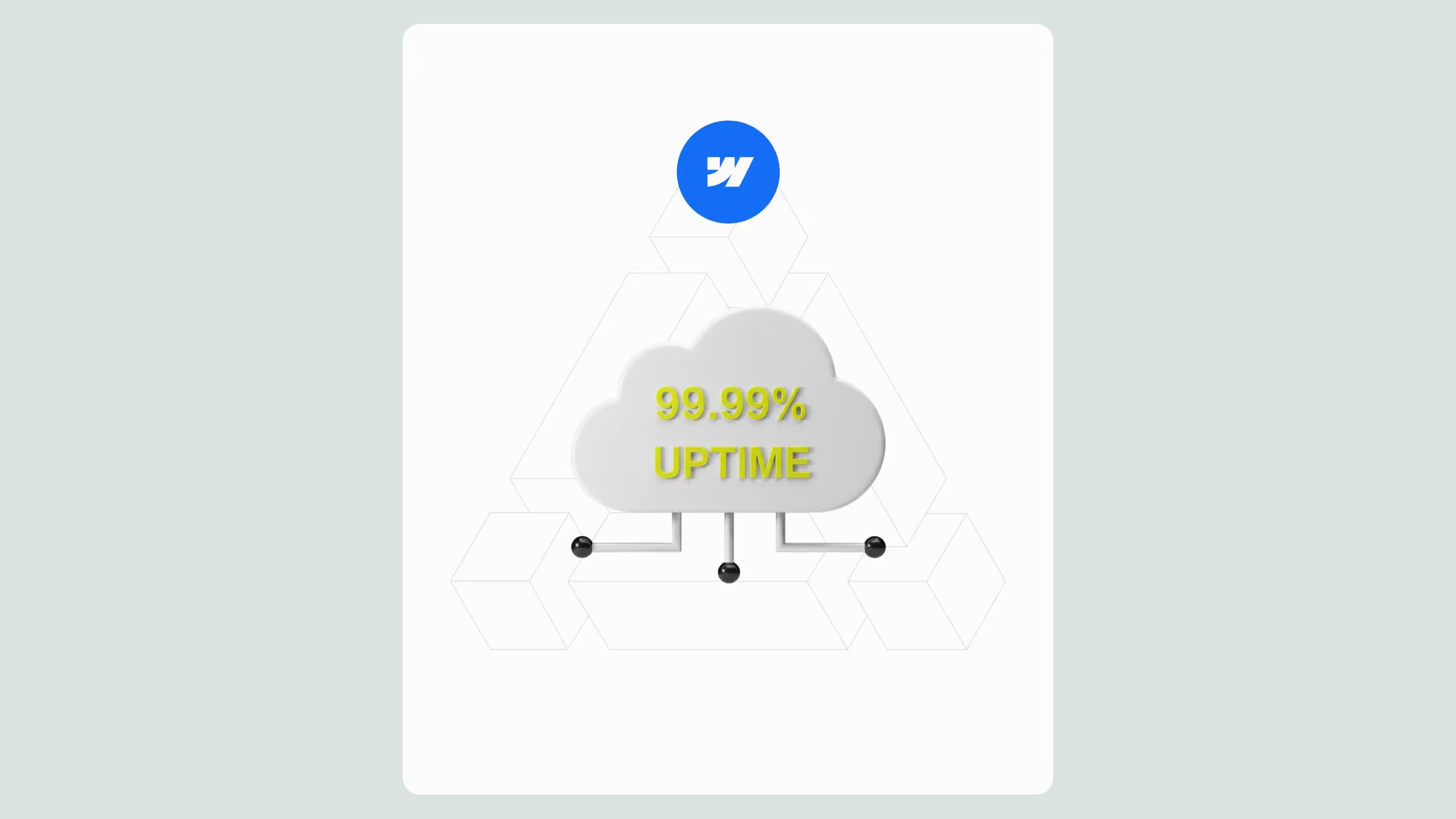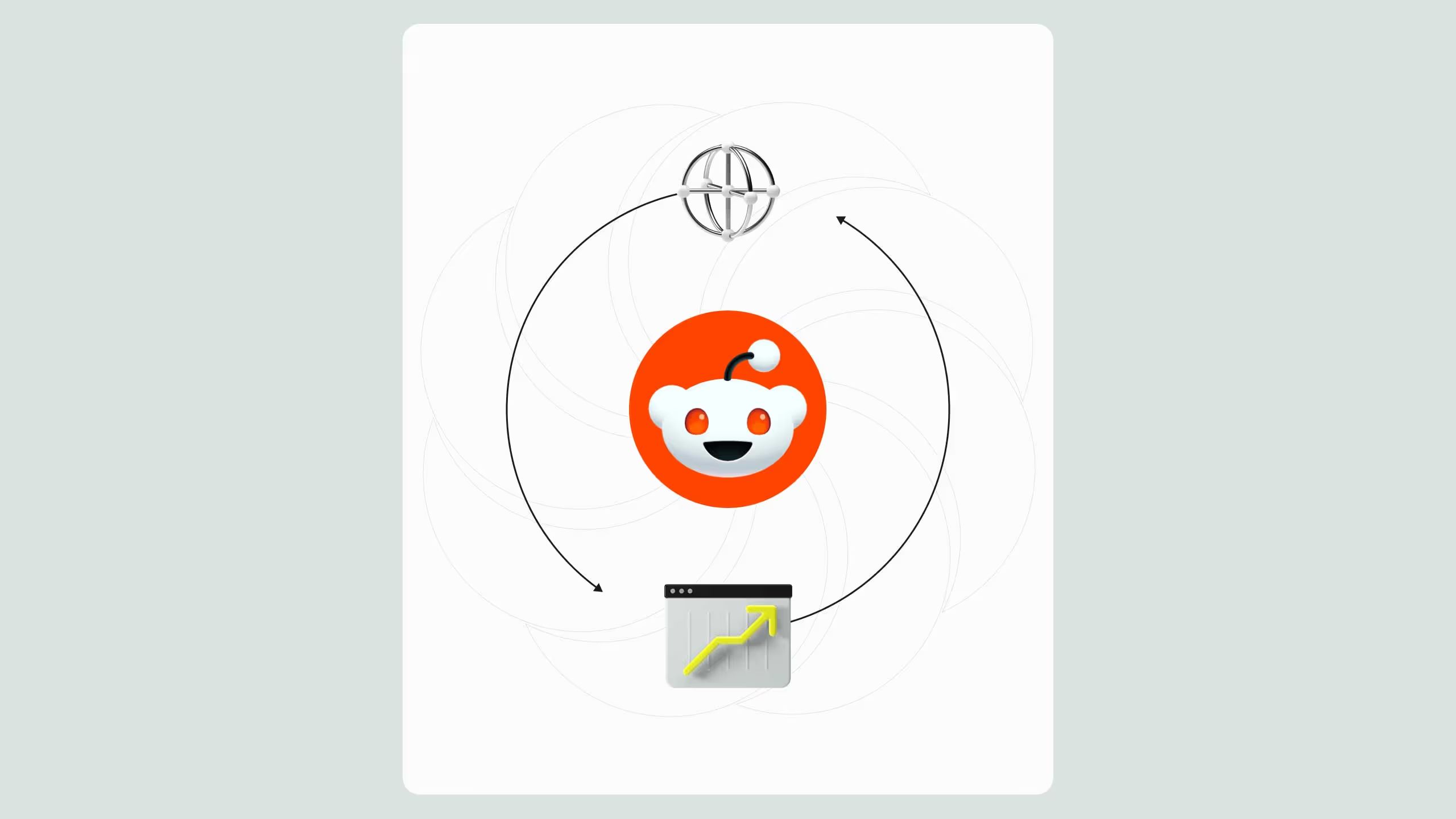The True Cost of Website Downtime and How Webflow Agency Services Minimize Risk

In 2025, website downtime costs five figures per minute, a reality few CMOs can afford to ignore. Migrating from WordPress or legacy stacks to Webflow with uptime-focused agency services offers a direct hedge against these losses. Instead of maintaining in-house reliability engineering (monitoring, DNS failover, DDoS defense), Webflow’s 99.99% SLA hosting on AWS + Cloudflare provides managed reliability out of the box. Broworks specializes in Webflow agency services for uptime risk cuts, helping teams execute low-risk migrations with DNS discipline, performance budgets, and rollback playbooks that prevent outages before they happen. Reliability, in this model, becomes a growth enabler, not a cost center.
If you are weighing a migration from WordPress or a legacy stack, the real question is not “can Webflow do what we need” but “how much do outages already cost us, and how fast can we reduce that risk”. In this guide, I will walk you through the true cost of website downtime, why Webflow agency services for uptime risk cuts are a smart hedge, and how Webflow’s hosting architecture helps minimize incidents that hurt revenue, reputation, and roadmaps.
Primary decision: Build in-house reliability or buy it through Webflow agency services for uptime risk cuts
Choosing how to achieve reliability is itself a risk decision. Here is the practical view I share with CMOs and Marketing Directors:
- In-house reliability engineering demands multi-disciplinary investment: 24×7 monitoring, on-call rotations, WAF rulesets, rate-limiting, TLS management, DNS failover, load testing, incident runbooks, and chaos drills.
- Managed reliability on Webflow lets your team reallocate headcount to revenue work, while a specialized partner hardens your deployment model, DNS, CDN edge rules, and site architecture.
When you engage Webflow agency services for uptime risk cuts, you benefit from a pre-built reliability playbook that includes migration planning, performance budgets, DNS change windows, cache and edge policies, and rollback protocols. That translates into fewer incidents and faster recovery when something goes wrong.
Why downtime is more expensive than most teams think
Downtime rarely shows up as a single line item. It drips into revenue losses, paid media waste, sales pipeline decay, SLA penalties, and brand churn. Here are load-bearing facts you can take to a budget meeting:
- Independent research has updated the industry’s old $5,600 per minute folklore. A 2024 analysis cites $14,056 per minute on average, and $23,750 per minute for large enterprises. BigPanda
- Outage severities and costs keep rising. Uptime Institute’s annual analysis documents an ongoing increase in high-impact outages and their financial damage. Uptime Institute+2Uptime Institute+2
- Even small businesses feel enterprise-level financial pain. ITIC’s surveys report over 90% of organizations estimating downtime at $300,000+ per hour, with some citing $16,700 per server per minute. E-N Computers
“Across industries, every minute of an outage can cost five figures, and major incidents routinely exceed six figures per hour.”
Where the risk is coming from in 2025
Outages are not only about a single server failing. The global threat landscape has shifted:
- DDoS attacks are both larger and more frequent. Cloudflare reports millions of attacks blocked yearly and a surge in hyper-volumetric events that exceed 1 Tbps. The Cloudflare Blog
- The ceiling keeps breaking. Recent record-setting attacks reached 7.3 Tbps and then 11.5 Tbps within weeks, underscoring a rising baseline that overwhelms unprepared stacks. Tom's Hardware+1
- Many attacks include a DNS component which can knock sites offline even when your origin is healthy. Akamai notes over 60% of mitigated attacks in several 2024 quarters involved DNS. Akamai
How Webflow’s hosting minimizes risk
Webflow’s fully-managed hosting is engineered for uptime and scale so your team does not have to play sysadmin:
- Enterprise-grade uptime: Webflow publicly states 99.99% hosting uptime, with Enterprise uptime SLA for eligible customers. Webflow
- Massive, elastic capacity: Infrastructure serving tens of billions of page views monthly, automatically scaling with your traffic.
- Cloudflare-backed edge and DNS migration: Webflow is migrating customers to Cloudflare for improved performance and resilience. Help docs include DNS updates and timelines to minimize downtime. help.webflow.com+2help.webflow.com+2
What a serious migration looks like when uptime is the KPI
Below is the high-level plan we use with clients migrating to Webflow who cannot afford to go dark.
1) Risk scoring and business case
- Quantify the cost of 10 minutes of downtime with your current conversion rate and AOV.
- Map critical paths: homepage, pricing, signup, cart, key lead forms, CRM handoff.
- Define SLOs: acceptable error budgets for uptime, LCP, and form success rates.
2) Architecture and performance plan
- Choose a hosting tier that supports your SLA and security needs. Webflow Enterprise offers a 99.99% uptime SLA and advanced controls.
- Set performance budgets for mobile LCP and CLS.
- Introduce edge caching rules for high-traffic routes, rate limiting on forms, and bot filters.
3) Content and CMS modeling
- Use Webflow’s CMS structure for minimal dynamic bottlenecks and safer re-publishes.
- Stagger large CMS imports during low-traffic windows.
- Lock governance with roles, branch workflows, and approval routes.
4) DNS and cutover strategy
- Prepare parallel environments.
- Plan a low-risk DNS change window aligned with Cloudflare-backed guidance from Webflow’s docs.
- Stage cache-warm routines and synthetic tests before going live.
5) Incident playbook
- Create runbooks for DDoS symptoms, DNS anomalies, and form API failures.
- Pre-approve rollback and banner messaging for user transparency.
- Establish an on-call calendar that covers the 48-hour post-launch period.
The real math: what is your downtime costing you today?
Use this simple approach before you present to stakeholders.
Formula:Revenue at risk per minute = (Sessions/min on key paths) × (CR) × (AOV)Total loss = Revenue at risk per minute × Minutes offline
Add soft costs: paid traffic waste, call center load, SLA penalties, pipeline decay.
- Average downtime $14,056 per minute, enterprise cases $23,750 per minute.
- Many organizations estimate $300,000+ per hour.
Comparison of planned migration windows versus unplanned outages showing estimated revenue losses and mitigation notes with Webflow agency services for uptime risk cuts.
What makes a Webflow migration measurably safer
1) Edge-first delivery model
Static and hybrid pages are served at the edge with automatic scaling, which reduces origin bottlenecks during spikes. Webflow’s infrastructure handles billions of page views without you adding servers or tuning auto-scalers.
2) DNS and CDN alignment
Webflow’s Cloudflare migration consolidates DNS and edge delivery best practices. That alignment helps shorten time to recovery during transient network events and planned changes.
3) Predictable change windows
Because publishing and deployment are managed, you can schedule low-risk windows with rollback plans. Your agency should run synthetic checks, cache warmups, and form posting tests before you flip DNS.
4) Security posture that matches 2025 threats
Using Cloudflare’s global network helps mitigate today’s volumetric and DNS-centric attacks that frequently cause outages. Record-setting attacks keep proving the point.
What to ask a partner offering Webflow agency services for uptime risk cuts
Use this checklist when you evaluate agencies:
- Uptime playbook: Can they show a written incident response and change management plan?
- Form reliability: Do they use multi-endpoint or email fallbacks if a CRM API stutters?
- Monitoring: Will they set up synthetic checks for key routes and forms, plus alerts to Slack or Ops tools?
- Performance budgets: Are LCP and CLS budgets declared and enforced with pre-launch audits?
- DNS plan: Do they provide a Cloudflare-aligned DNS change window and rollback?
- Edge caching strategy: Do they define cache rules for your highest-value routes?
- Post-launch coverage: Is someone on call for 48 hours after cutover?
Migration objections, answered
“We are worried about lock-in.”
Most critical assets are portable. What you gain is a reliability operating model that is hard to replicate internally without a large team.
“Our SEO depends on plugins.”
Webflow’s native performance and clean HTML often improve Core Web Vitals, while integrations handle the rest. Clean deploys reduce plugin conflict outages.
“Our volume is too high.”
Webflow’s infra scales automatically across tens of billions of page views, and Enterprise SLA exists for teams that need contractual assurances.
“DNS changes always burn us.”
A tested plan plus the Cloudflare migration guidance reduces risk and clarifies exactly when and how to update records.
Budget framing your CFO will accept
When every minute costs five figures, the ROI is direct.
- Take your average peak-hour sessions per minute × CR × AOV, then multiply by 8 to 47 minutes of likely incident windows.
- Compare that to the cost of Webflow agency services for uptime risk cuts plus the Webflow plan that includes the 99.99% uptime SLA.
- Add savings from not hiring in-house SRE roles or maintaining a multi-vendor patchwork.
“Buying reliability as a service is cheaper than re-engineering reliability in-house, especially when minutes already cost us five figures.”
Step-by-step: your first 30 days to reduce downtime risk
Week 1: Assessment
- Collect last 12 months of incident notes, error logs, and form failure screenshots.
- Build your revenue-at-risk model.
- Decide your SLA target and draft SLOs.
Week 2: Architecture
- Map target Webflow site plan and Enterprise needs if applicable.
- Define CMS, branches, approvals, and roles to limit accidental downtime.
Week 3: Pre-launch hardening
- Configure synthetic checks and form posting tests to staging.
- Implement edge caching and rate limits for known hotspots.
- Prepare a 30-minute maintenance banner for the cutover window.
Week 4: Cutover and verification
- Execute the Cloudflare-aligned DNS update during your off-peak window.
- Monitor route availability, form success rates, and traffic anomalies.
- Run a post-launch audit and add any lessons learned to the runbook.
How Webflow agency services for uptime risk cuts translate to fewer incidents
Governance reduces human-error outages
Proper roles and approvals stop accidental publishes that break critical templates.
Edge distribution reduces origin pressure
More of your content is served closer to users, lowering the chance that one hot spot topples the stack.
DNS discipline reduces propagation surprises
Using the Webflow documentation for Cloudflare migration keeps changes predictable and reversible.
Security posture reduces attack-driven outages
Backed by Cloudflare’s global network which keeps handling record-breaking DDoS volumes, your odds improve dramatically.
Final checklist before you propose migration
- Do we have a 1-page risk summary with per-minute revenue at risk?
- Did we identify the top 5 routes where outage hurts the most?
- Is our DNS cutover runbook aligned with Webflow’s Cloudflare migration docs?
- Are synthetic tests and form fallbacks ready before launch?
- Did we choose the Webflow plan that matches our SLA and security needs?
- Do we have Webflow agency services for uptime risk cuts retained for post-launch support?
Summary
Website downtime now costs organizations five figures per minute on average, with major outages reaching six figures per hour. Our best risk reduction is to adopt managed reliability. By migrating to Webflow’s hosting with a 99.99% uptime posture and engaging Webflow agency services for uptime risk cuts, we can execute a low-risk DNS transition, harden edge delivery, and implement monitoring and rollback plans that convert downtime into a controlled, short maintenance window.
Recommended next step
If outages are already costing five figures per minute, the fastest way to reduce risk is to shift reliability to a platform and a partner that specialize in it. Webflow’s hosting gives you the managed infrastructure, and a seasoned Webflow agency makes sure the migration is safe, measurable, and revenue-protecting from day one.
Book a 30-minute migration risk review on our Contact page, or jump straight to Webflow Services to scope your migration.

.svg)
.svg)


.svg)




